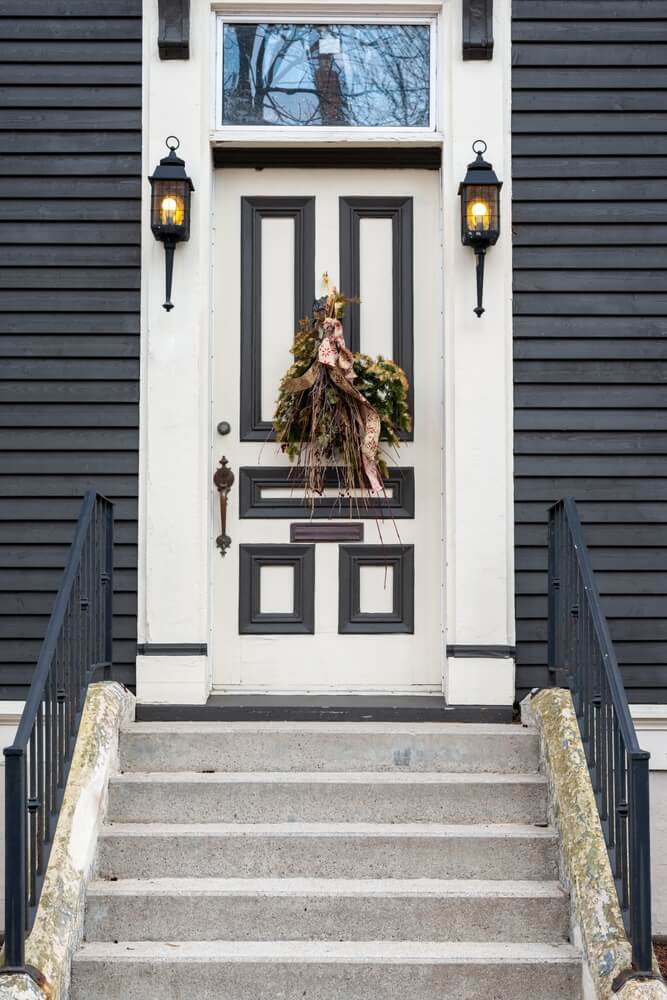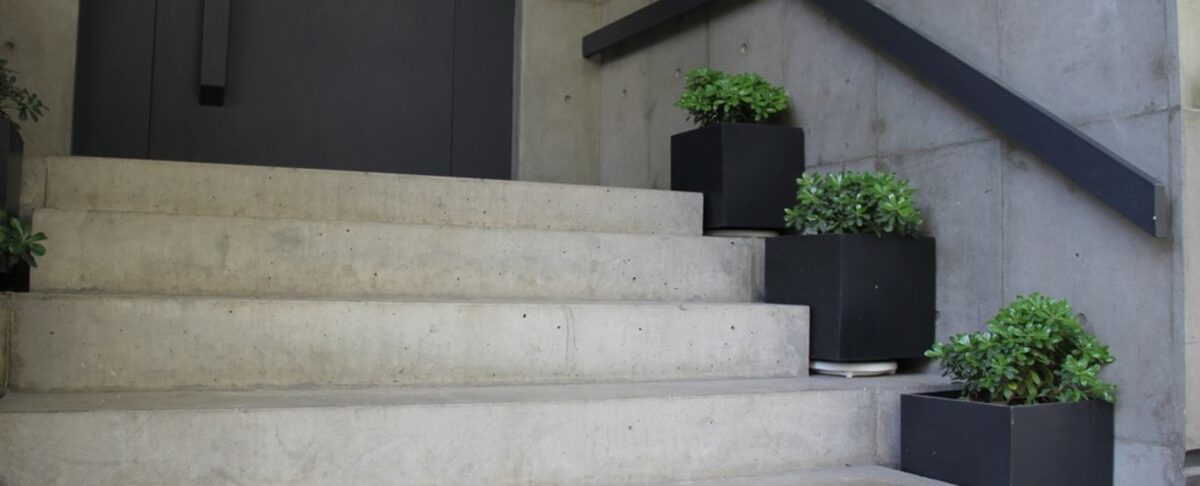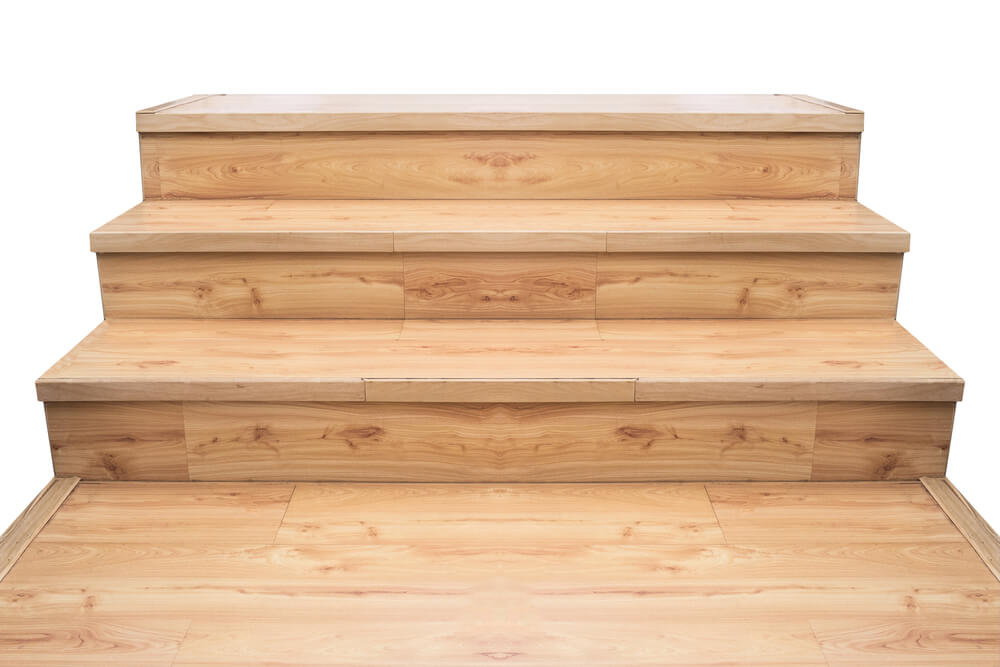When it comes to crafting the perfect entryway for your home, the materials you choose can make all the difference. In this blog post, we at Richfield Concrete will dive into a detailed comparison between two popular choices: concrete stoops and wooden steps. Both materials bring unique characteristics to the table, influencing factors such as durability, maintenance, cost, and aesthetic appeal.
Whether you’re considering a renovation or starting from scratch, our aim is to provide you with the necessary insights to make an informed decision that aligns with your home’s style and your personal requirements. So, let’s step right into the world of concrete stoops and wooden steps and explore which might be the best fit for your home.
Unraveling the Durability and Maintenance of Concrete Stoops and Wooden Steps
When choosing materials for your home’s steps, durability and maintenance are two critical factors to consider. In this section, we’ll compare how concrete stoops and wooden steps measure up in these vital areas.
Concrete is renowned for its strength and longevity. When properly installed and maintained, concrete stoops can last for decades with little need for repair. They are resistant to weather elements and can withstand heavy foot traffic, making them an ideal choice for homes that see a lot of use.
Wooden steps, on the other hand, bring a natural warmth and charm that’s hard to replicate. However, they require more maintenance to keep them looking their best. Wood is susceptible to rot, insects, and weather damage, so regular inspections, sealing, and sometimes staining are necessary to maintain its beauty and prolong its life.
Financial Considerations: The Cost of Concrete Stoops vs. Wooden Steps
As much as we value durability and aesthetics, the cost is an unavoidable factor in any home improvement project. In this section, we’ll compare the costs of installing concrete stoops to those of wooden steps, keeping in mind that prices can vary depending on factors like size, design complexity, and local labor rates.
Concrete stoops are generally more expensive to install than wooden steps due to the labor-intensive process of pouring and shaping the concrete. However, their longevity and low maintenance requirements can make them a cost-effective choice in the long run.
Wooden steps, while typically less expensive upfront, come with ongoing maintenance costs. Regular sealing or staining and potential repair or replacement due to weather damage or rot can add up over time.
Understanding these cost implications ahead of time will help you budget appropriately for your project and ensure that you’re investing wisely in your home’s value and curb appeal.
Aesthetics and Design Flexibility: Concrete Stoops vs. Wooden Steps
Design plays a crucial role in our home improvement decisions. After all, we want our homes to reflect our personal style and taste. In this section, we’ll discuss the aesthetic differences and design flexibility of concrete stoops and wooden steps.
Concrete stoops offer a wide range of design possibilities. They can be colored, stamped or textured to mimic the look of natural stone, brick, or other materials. This versatility allows you to match your stoop with your home’s exterior design seamlessly.
On the other hand, wooden steps bring a classic, timeless appeal that can complement a variety of architectural styles. The natural grains and tones of wood add a warm and welcoming touch to any home. Plus, you can paint or stain wood to achieve the exact look you want.
Choosing Between Concrete Stoops and Wooden Steps

When deciding between concrete stoops and wooden steps, it’s essential to consider durability, maintenance, cost, and aesthetics. Concrete offers longevity and low-maintenance, while wood provides a timeless appeal. Meanwhile, the upfront cost of concrete is generally higher, but its long-term maintenance costs are typically lower.
It’s all about finding the right balance that suits your lifestyle, budget, and design preferences. Remember, both options can enhance your home’s curb appeal and functionality when chosen wisely and maintained properly. Are you ready to take the next step? Contact Richfield Concrete today to start planning your project today and turn your house into the home of your dreams!






